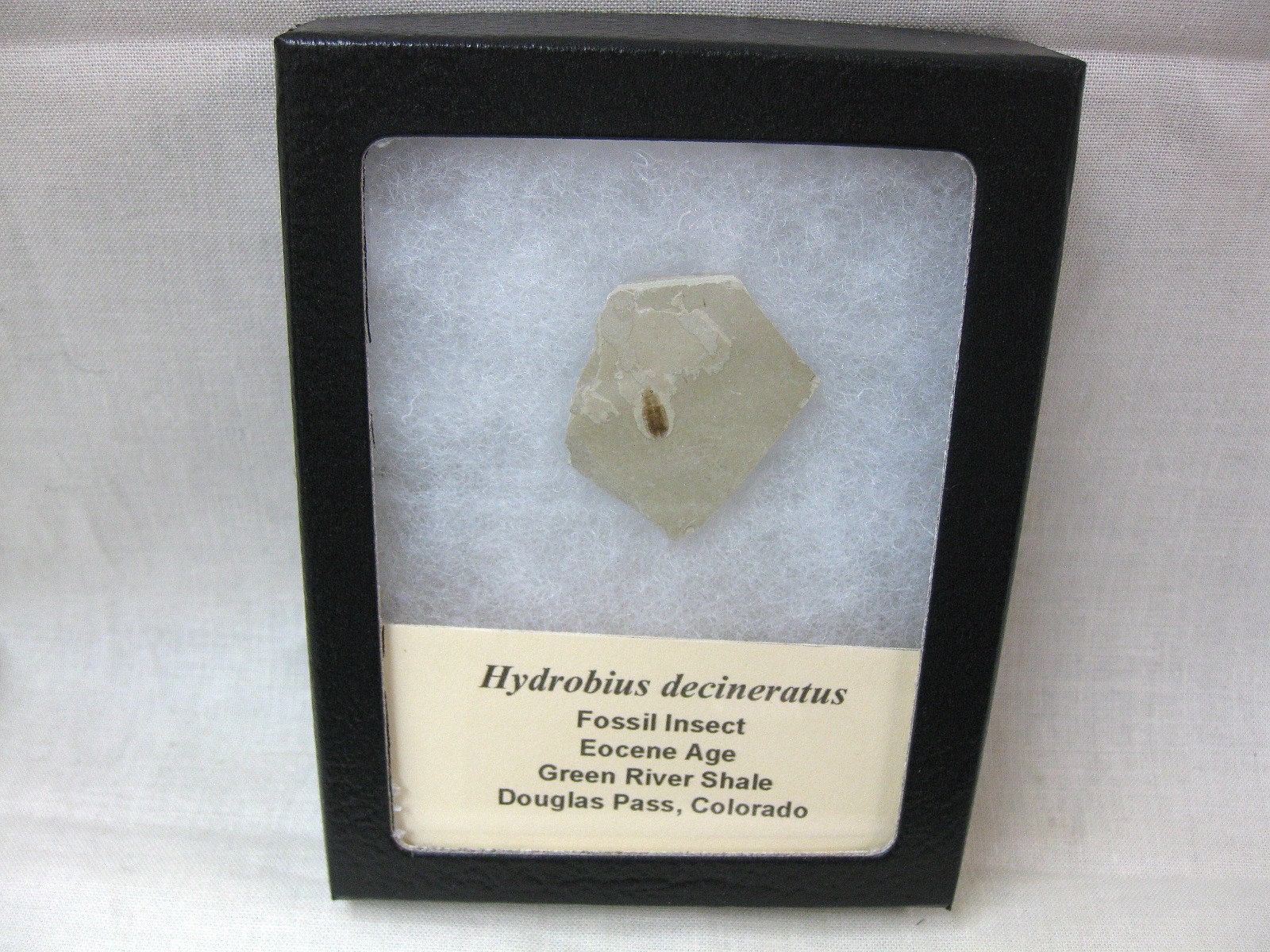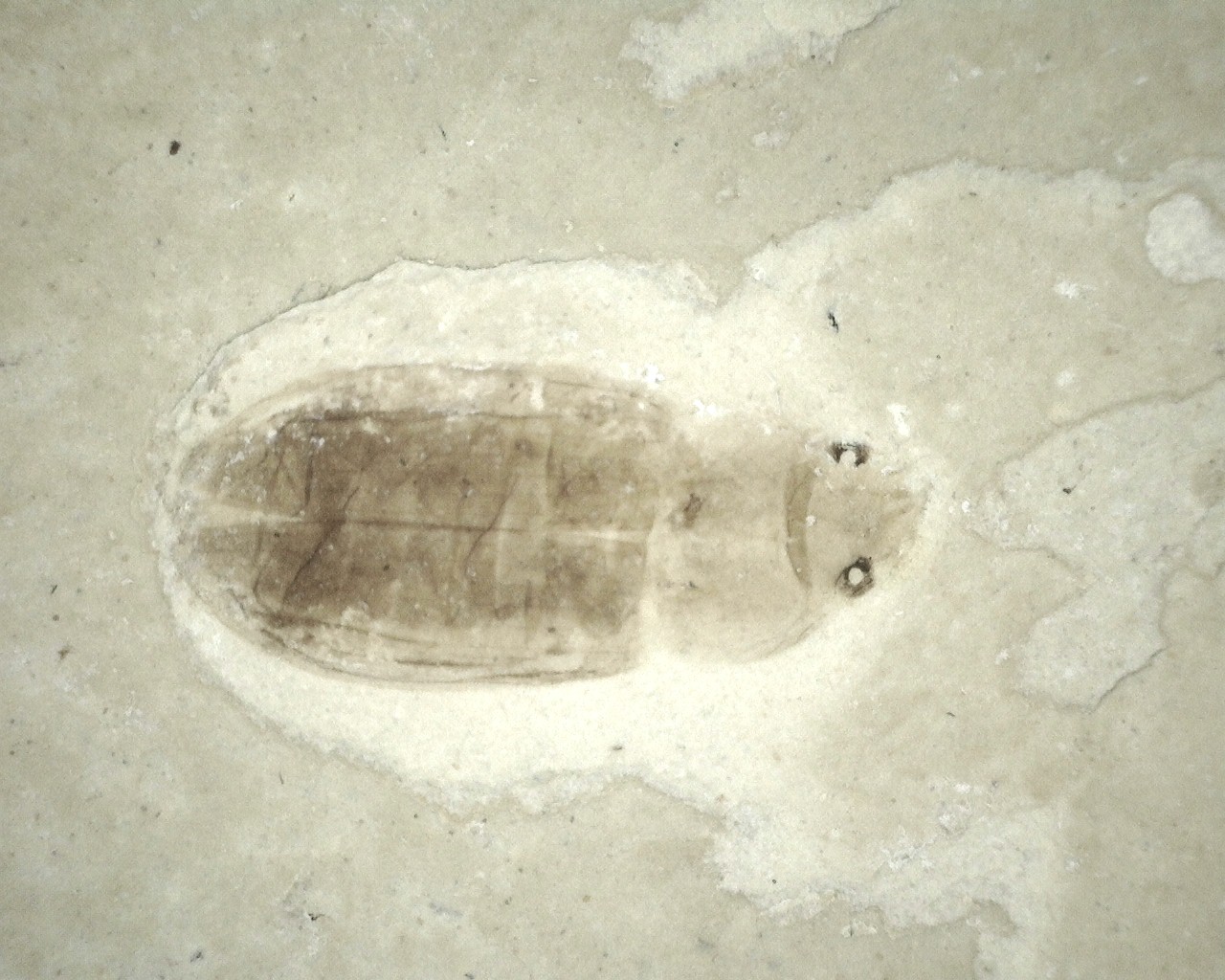Description
- Fossil Insect
- Eocene Age
- Green River Formation
- Utah
- Specimen will come in the 3.25″ x 4.25″ Riker Mount with Label as Shown.
The Green River Formation is an Eocene geologic formation that records the sedimentation in a group of intermountain lakes in three basins along the present-day Green River in Colorado,
Wyoming, and Utah. The sediments are deposited in very fine layers, a dark layer during the growing season and a light-hue inorganic layer in the dry season. Each pair of layers is called a
varve and represents one year. The sediments of the Green River Formation present a continuous record of six million years. The mean thickness of a varve here is 0.18 mm, with a minimum
thickness of 0.014 mm and maximum of 9.8 mm.
The sedimentary layers were formed in a large area named for the Green River, a tributary of the Colorado River. The three separate basins lie around the Uinta Mountains of northeastern
Utah:
- an area in northwestern Colorado east of the Uintas
- a larger area in the southwest corner of Wyoming just north of the Uintas known as Lake Gosiute
- the largest area, in northeastern
Utah and western Colorado south of the Uintas, known as Lake Uinta
The limestone matrix is so fine-grained that fossils include rare soft parts of complete insects and fallen leaves in spectacular detail. More than twenty-two orders of insects are
represented in the Green River collection at the Smithsonian Institution in Washington, D.C., alone.
The lagerstätten formed in anoxic conditions in the fine carbonate muds that formed in the lakebeds. Lack of oxygen slowed bacterial decomposition and kept scavengers away, so leaves of
palms, ferns and sycamores, some showing the insect damage they had sustained during their growth, were covered with fine-grained sediment and preserved. Insects were preserved whole,
even delicate wing membranes and spider spinnerets.






